Australian Grand Prix: Vettel gets some virtual help to beat Hamilton
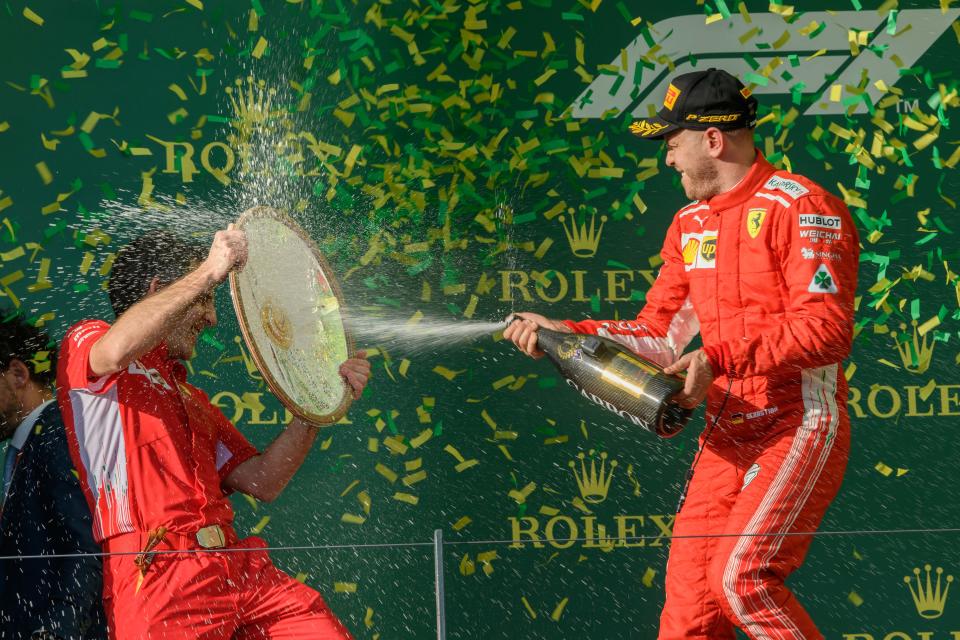
Ferrari may have won the Australian Grand Prix and Mercedes may have looked strongest, but the most significant car at Albert Park in 2018 was the Virtual Safety Car.
After an encouragingly racy season opener, the spoils went to Sebastian Vettel but that result didn’t tell the whole story – far from it.
There were lots of positives to take from the Melbourne weekend but, from the perspective of the championship, there was also an ominous feeling that we’ve been here before.
Vettel wins – well, virtually
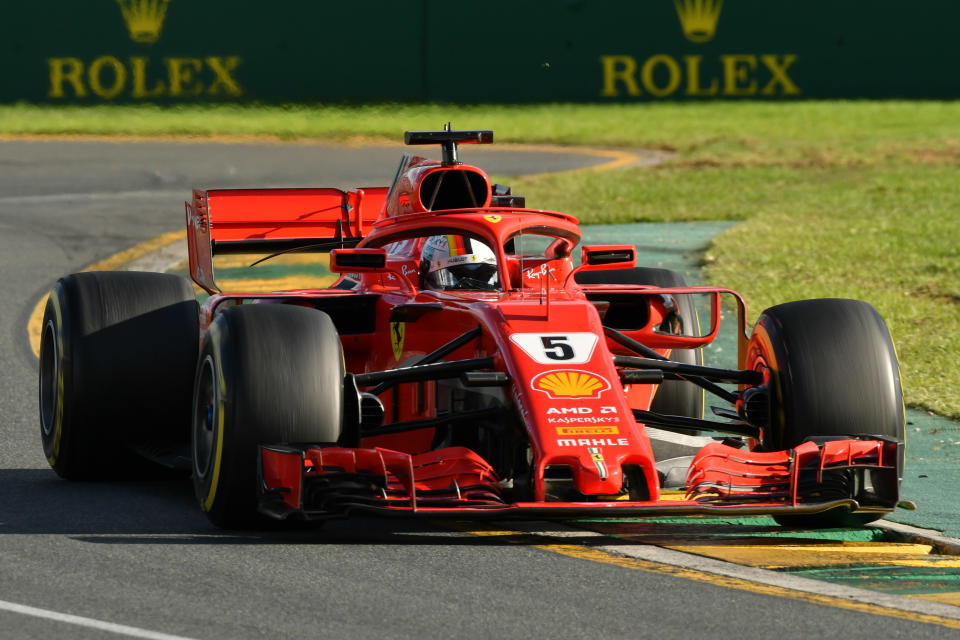
Vettel’s victory was, in many ways, reminiscent of last year’s Australian Grand Prix.
Just like last year, Lewis Hamilton started from pole and, just like last year, Vettel was there to capitalise when things went a bit wrong for Mercedes.
READ MORE: Vettel wipes smile off Hamilton’s face in Melbourne
READ MORE: Ferrari got lucky, admits Vettel
READ MORE: Hamilton in ‘disbelief’ as Vettel steals victory
But if Lady Luck helped Ferrari last year, this year she turned up with both her sisters and a busload of cousins.
Vettel’s win was down to a mad series of events that started with a disappointing qualifying session, progressed through two bizarre pitstops by the Haas team and climaxed with an unorthodox snatching of the lead under safety car conditions.
Did you get all that?
Vettel is much less likely to have won had he outqualified teammate Kimi Raikkonen – Raikkonen qualified second, behind Hamilton, and held on to that position from the start.
He got the (apparent) advantage of pitting ahead of Vettel because he was ahead on the circuit – and, frankly, looked to have Vettel well beaten over the weekend.
Vettel stayed out a fair bit longer and that turned out to be crucial because, as his pitstop neared, the Haas team hit big problems, which triggered a virtual safety car (VSC), allowing Vettel to take advantage of a quirk in the F1 rules.
Under a VSC, drivers all slow down by about the same amount – everyone stays in their race position, and the gaps between cars are maintained because of the VSC speed restrictions.
However … the VSC speed limit does not apply in the pitlane, which creates a bizarre situation whereby it can be quicker to come into the pits than stay out on track.
And that is just what Vettel did – he pitted, put nice new tyres on, and rejoined the race ahead of both Raikkonen and Hamilton. And there ended the race, effectively.
How did Merc muck up?
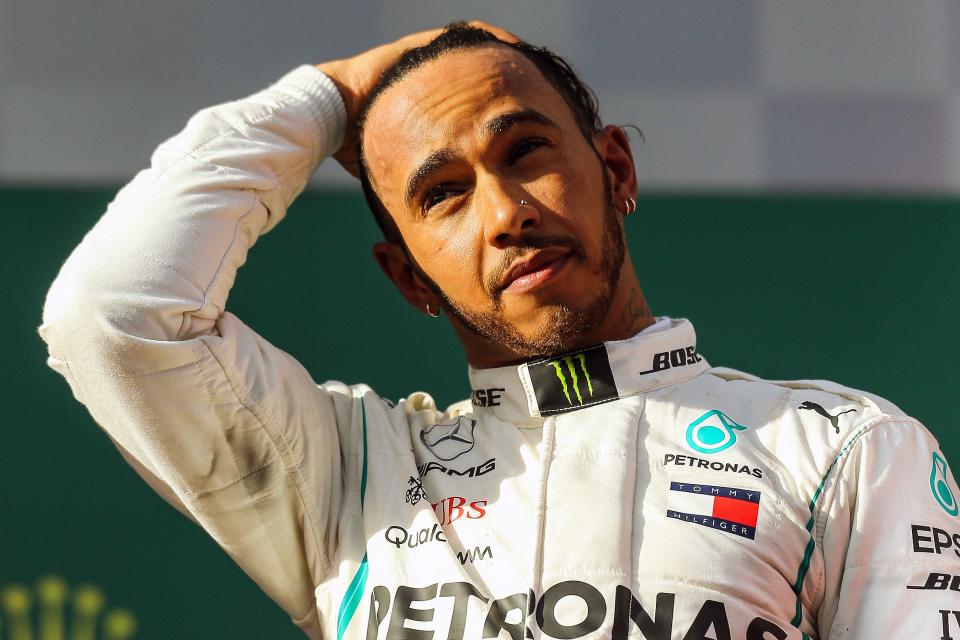
The World Champions had a rollercoaster weekend.
They saw No.2 driver Valtteri Bottas crash out of qualifying, wrecking his race plans and leaving him to struggle through the field for an uninspiring eighth-place finish.
But Hamilton put in a qualifying lap that left everyone slack-jawed, so quick was he.
Hamilton held on to first place from the start and, from that point on, looked untouchable – until the VSC shenanigans, at least.
READ MORE: Haas left cursing pit stop woe
READ MORE: Alonso backs McLaren to chase down Red Bull
READ MORE: Ricciardo optimistic as Red Bull show their speed
READ MORE: Software bug to blame for Hamilton defeat – Wolff
For their part, Mercedes blamed a ‘software glitch’ – team principal Toto Wolff said later that the strategists’ computers had suggested Vettel would need to be several seconds closer to Hamilton to be able to overtake in the pits.
Cue much analysing of software (if, indeed, that is where the problem lay…).
When the race got going again, even the Hamilton-Mercedes combination wasn’t sufficient to get Lewis back in front. Albert Park is the second-most difficult track to overtake at and this year’s Mercedes looks just as ill at ease driving in the turbulence behind another car as did last year’s.
As a result, the most capable car on track, driven by the World Champion, couldn’t get back to the front, and Hamilton had to settle for second.
The VSC is supposed to neutralise a race – slow everything down without handing anyone an advantage – but, obviously, it rather failed to do that on this occasion. After the VSC had been in operation for a few minutes, a full safety car was deployed anyway, bunching the field up and reminding us that modern-day F1 always has another way of slowing things down.
Americans have a gun problem
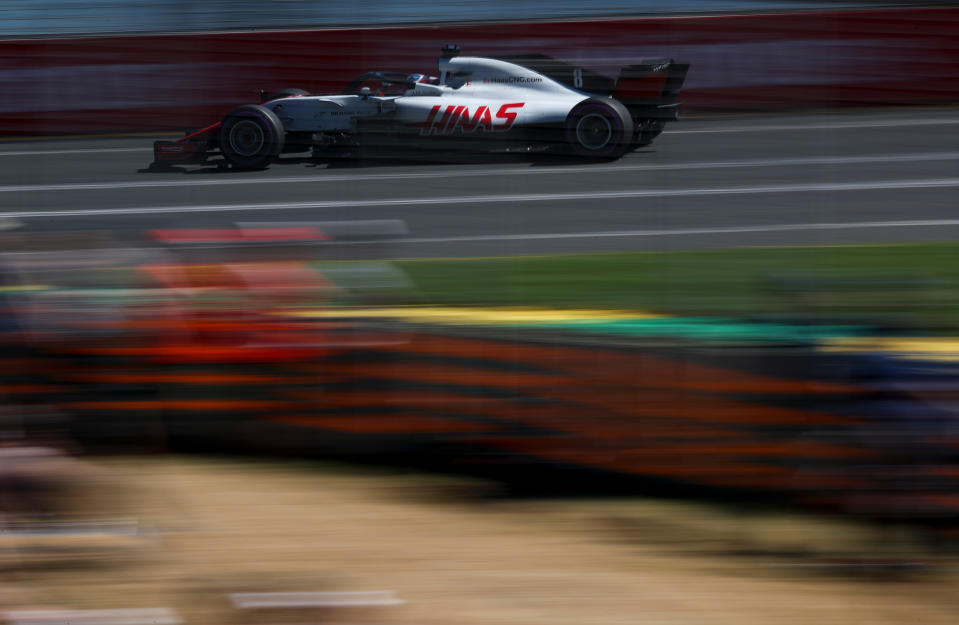
The VSC was deployed to allow one of the Haas cars to be recovered, after a quite bizarre few laps for the only American team on track.
Haas, with their Ferrari engines, had a cracking start to the weekend, with Kevin Magnussen starting an impressive fifth and Romain Grosjean just behind him in sixth.
They looked set for a big points haul and then, on lap 22, Magnussen left the pits with an improperly secured wheel, and had to pull over.
Two laps later, exactly the same problem hit Grosjean – and, because he couldn’t find somewhere safe to stop, the VSC was deployed to slow things down while his Haas was recovered.
The finger of suspicion was pointed at the airguns the team use to change wheels. Haas were fined $10,000 for releasing cars with improperly secured wheels but that penalty will be as nothing compared with the frustration they’ll feel at throwing away the points from the fourth and fifth positions they retired from.
F1’s other winners over the weekend
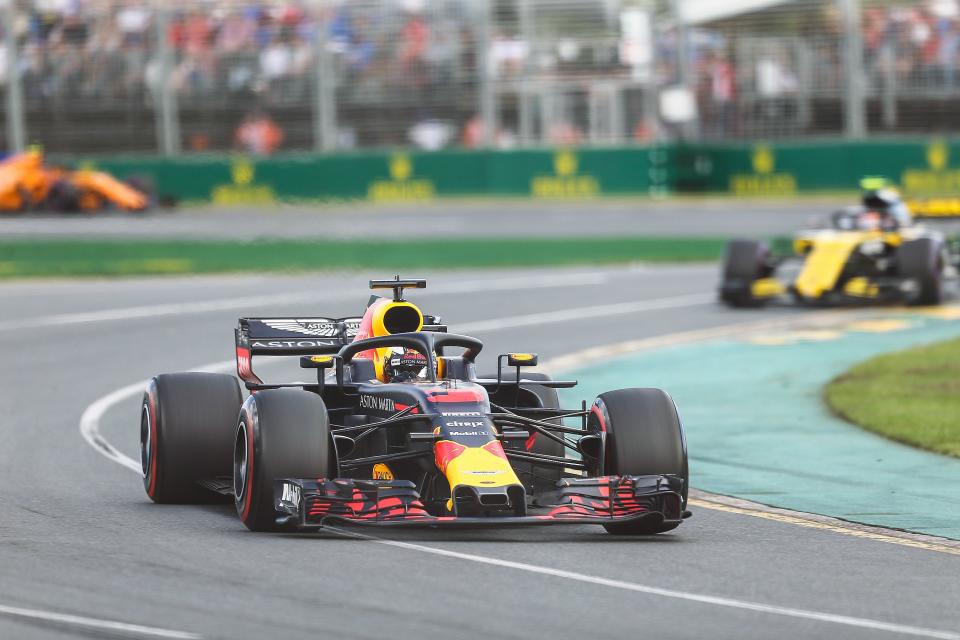
It was an encouraging race for Red Bull, opening weekend niggles notwithstanding.
Daniel Ricciardo just missed out on a podium place, despite starting down in eighth after being hit with a penalty for speeding under a red flag on Saturday.
He did get the fastest lap, a 1:25.945 which was, somewhat surprisingly, well adrift of Michael Schumacher’s all-time record, but more than half a second up on last year’s quickest.
Max Verstappen was a disappointing sixth, having started fourth, but he was wrestling with tyre issues and oversteer from the word go, and even managed to spin while battling with Magnussen early in the race. Overall, the Red Bulls look to be ready to pounce whenever the Mercedes or Ferrari lot hit problems of any sort… just like last year.
Even more encouraging was McLaren’s return to the fray at the front of the midfield. Fernando Alonso was delighted to finish fifth – no, he’s not going to win the championship this year but at least he won’t be on the phone to the AA at every other race.
He still couldn’t resist letting the team know his innermost F1 thoughts over the radio but it looks like our supply of grumpy Alonso broadcasts will be rationed a tad this season.
Stoffel Vandoorne piloted the other McLaren home for a couple of points in ninth position, so it looks like McLaren will be tussling with Haas and Renault in this year’s midfield battle, and that’s something that will be welcomed by a lot of F1 fans.
Sainz flirts with a chunder Down Under
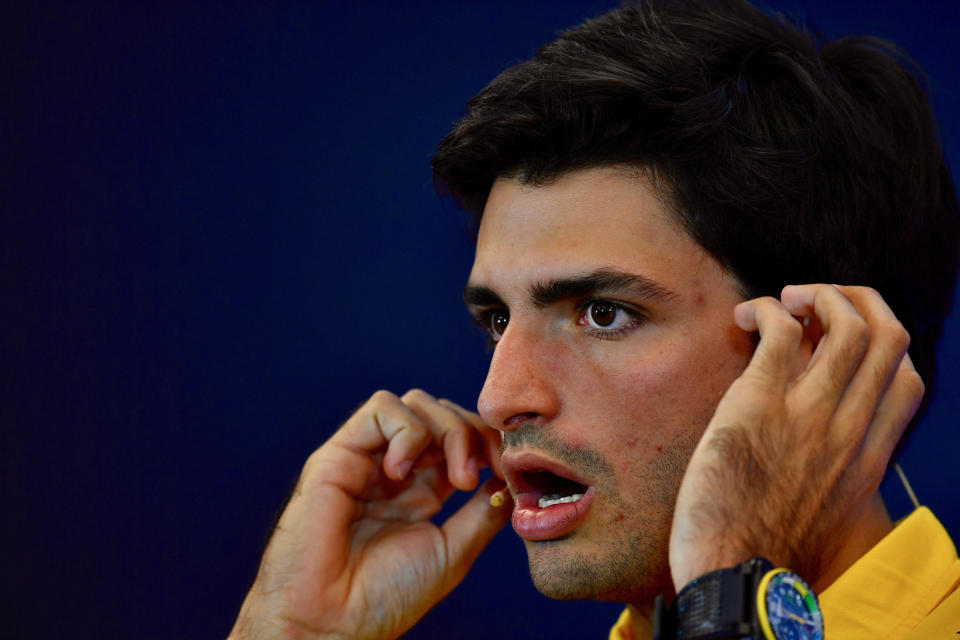
Renault had a middling weekend, Nico Hulkenberg finishing seventh and Carlos Sainz Jnr managing tenth.
Sainz is due a bit of sympathy though – the pump that supplied him with drinking water played up, squirting wet stuff in his face and forcing him to drink a lot more than he normally would in the early part of the race.
All that extra water was sloshing around the Sainz stomach and left him green around the gills.
At one point, he thought he was going to vomit , which is not something you want to contemplate in a race helmet, doing 200mph.
F1 drivers get travel sick, who knew?
One other thing to take from the race was the fight it looks like we’ll have for top-ten places this year.
Five teams each finished with both their cars in the top ten – Ferrari, Mercedes, Red Bull, McLaren and Renault. And, were it not for their wheel issues, Haas would have finished both their machines in the points.
We knew reliability would be key this year, with just three power units to last each car for the season.
Let’s see how many teams can actually make both their power units last seven races though…
Next stop is Bahrain in a couple of weeks, which gives Haas time to get some new spanners, Mercedes time to get some new computers and Carlos Sainz time to get some Dramamine.

 Yahoo Sport
Yahoo Sport 







































